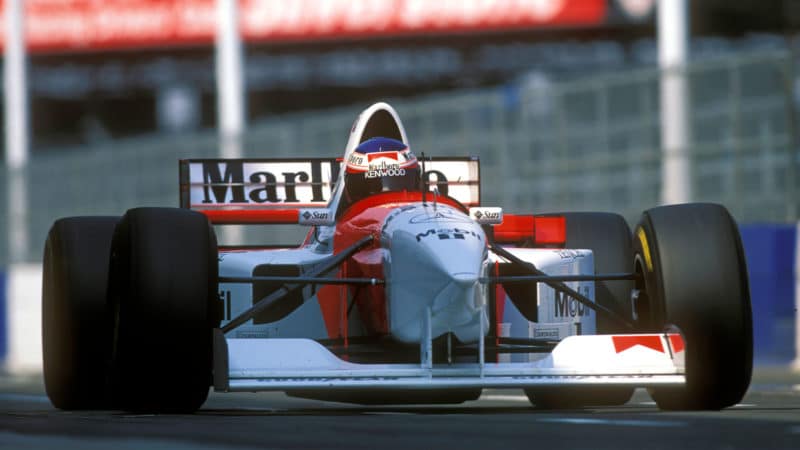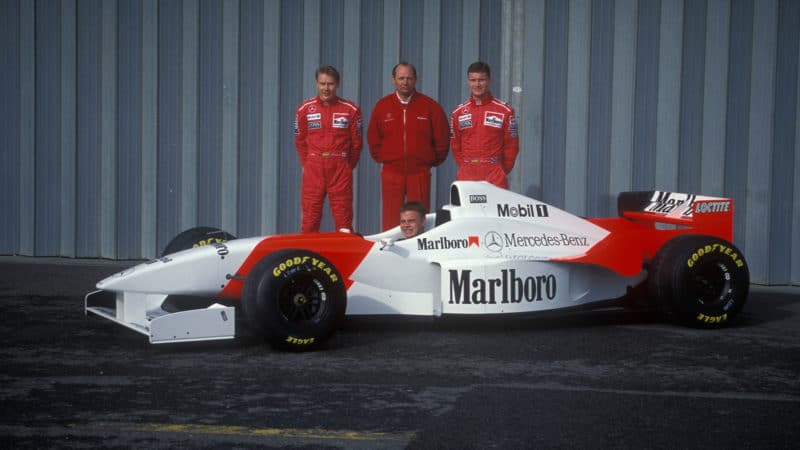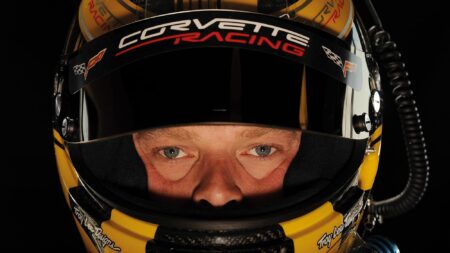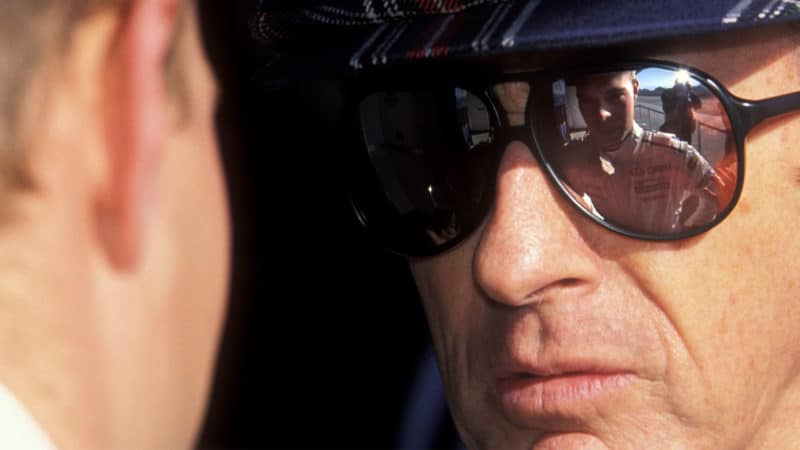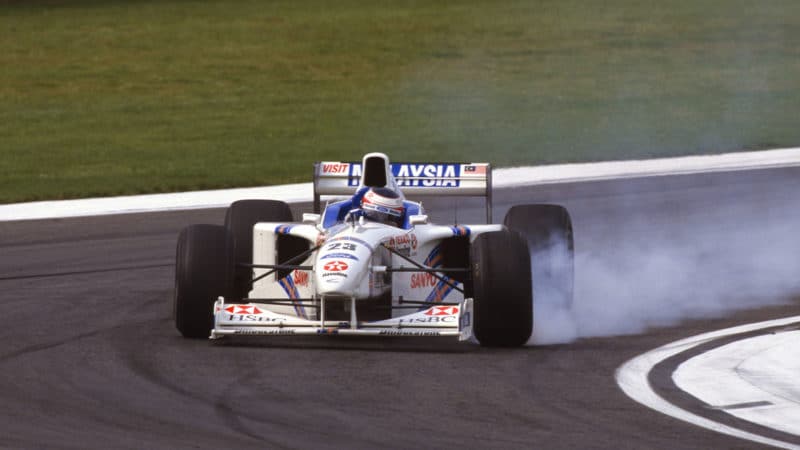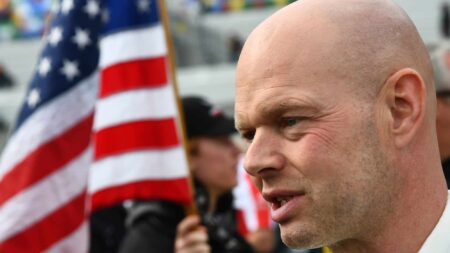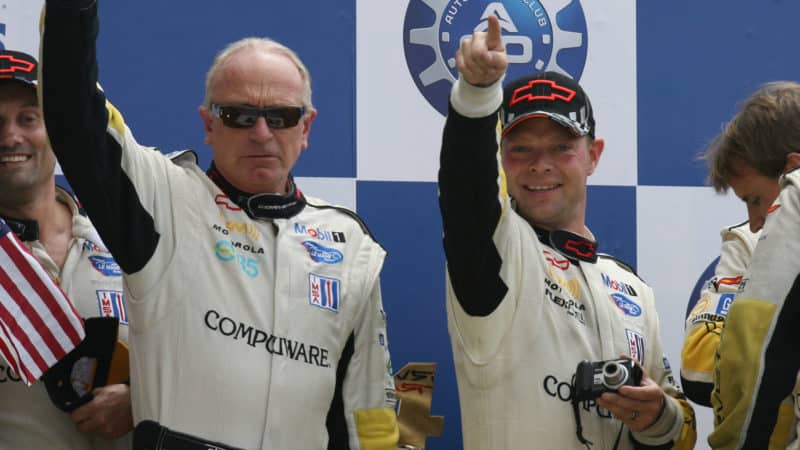Things have changed now, but during his early career Magnussen had a distinctly maverick approach to being a racing driver. He smoked, made no secret of his distaste for going to the gym and paid little heed to commercial niceties.
The stories are legion, among them an occasion during his F1 career when he was in the Czech Republic to promote the Ford Ka, which he had driven to a press conference. The inevitable first question was what he thought of the new model. “It’s one of the worst cars I’ve ever driven,” came the honest, if somewhat ill-advised, answer.
The problem — although it hardly seemed like one at the time — was that he was just too damn talented. He did not have to try — he just got into a car and blew everybody away. While other drivers hustled hard off track to keep their careers going, Magnussen’s natural ability meant opportunities came to him.
His F3 performances won him a test contract with McLaren, but he got very few F1 miles while spending two up-and-down years in the DTM with Mercedes in 1995 and ’96. By now Magnussen’s unconventional approach was beginning to cause him problems — people said he was unfit, that he did not work hard enough out of the car.
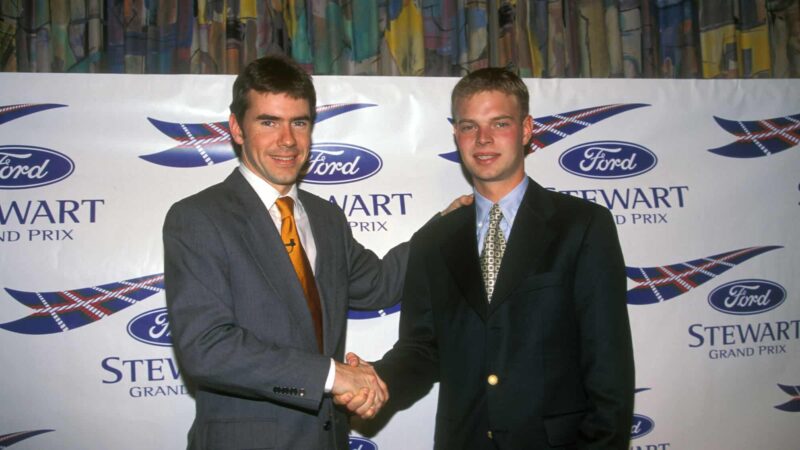
Paul Stewart believes he saw an almost unparalleled level of ability in Magnussen
Grand Prix Photo
“The thing I remember about Jan,” says McLaren principal Ron Dennis, “was that he never seemed to know why he wasn’t quick, and he was the most disorganised grand prix driver I’ve ever known.
“I remember once we were at an airport. Jan had packed his passport into his suitcase and when he opened the suitcase to find it, it looked like it had been packed by a four-year-old. It looked like he’d gone round the room and just thrown everything into it — including the dirty washing. And none of his toiletries were in a bag.
“People like that are chaotic in their thinking. I thought, ‘There’s no way he’s going to make it.”
Even so, Magnussen made a highly accomplished F1 debut at the 1995 Pacific Grand Prix at Aïda in Japan. Before the race he had never done more than four consecutive laps in a McLaren. But, filling in at the last minute for a sick Mika Häkkinen, he finished 10th, right behind team-mate Mark Blundell.
“I caught him with a few laps to go,” Magnussen recalls. “I should have had a go at him. Ron commented on it after the race, but I would have had to take a chance and it was important for me to show I could be sensible. In any other situation I would have found a way, but we weren’t near the points, he was my team-mate and I didn’t want to take him off, and it was my first race and it was very important for me to finish. Everyone was on at me about not being fit. And I just wanted to show everyone that I was fit.”
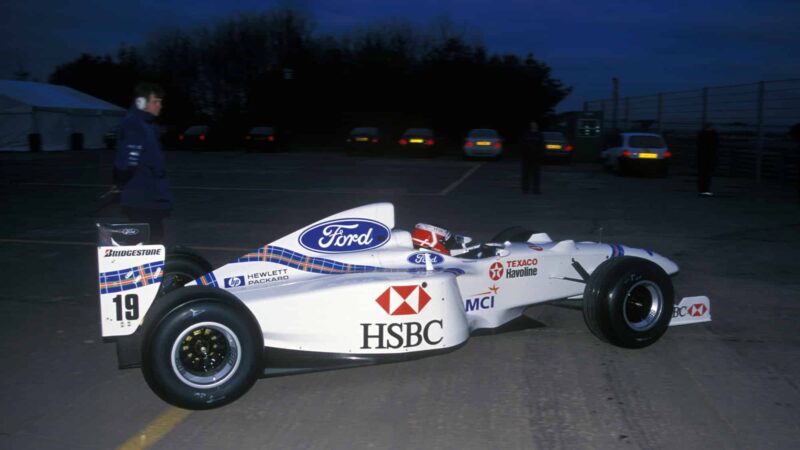
Magnussen struggled to see a way forward with troublesome ’97 car
Grand Prix Photo
Jackie and Paul Stewart always intended to employ Magnussen when they founded their grand prix team in 1997, but neither they nor he realised that his performance in Aïda disguised the fact that he was seriously ill-equipped for a full-time drive with a novice F1 team.
Magnussen, by his own admission, was “young and naïve” and not prepared mentally for F1. He had not yet realised that talent alone is not enough, nor that he lacked the experience to cope with the technical complexities of a grand prix car. Having signed a four-year contract, he neither realised how vulnerable his position could be, nor how important it was to demand the changes he wanted.
Operationally, Stewart was a long way from being a top F1 team, and pre-season testing was a disaster. Barrichello, Magnussen’s team-mate, had five years of F1 experience to fall back on. Magnussen did not.

